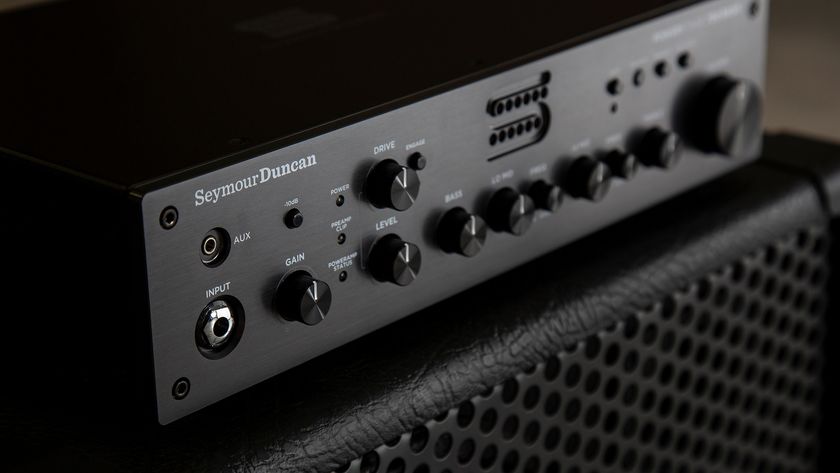A Day To Remember’s Kevin Skaff: “We threw out the imaginary rulebook that never existed”
From EDM to Latin pop, metalcore and blues, ADTR cover it all on their major label debut
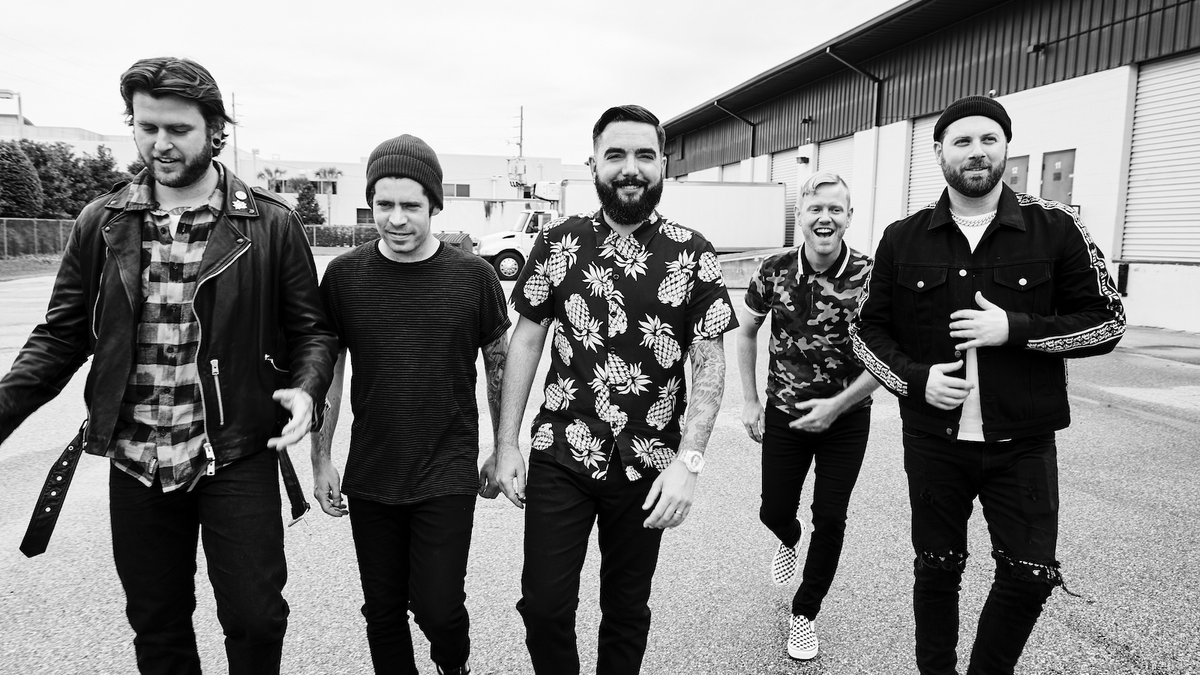
Note: this article is also featured in Australian Guitar #142, which is out now wherever great magazines are sold! Click here to read more about what’s in this jam-packed issue!
Over 18 months since they first announced it, Florida’s premiere pop-moshers A Day To Remember have finally unleashed the beast that is their seventh studio album. When you tack on the fact that it’s their first set of new material since 2016, it’s easy to why fans were so rabidly keen to sink their teeth into You’re Welcome.
But without a doubt, the countless delays and five year wait were absolutely justified. Even for a band as stylistically diverse as A Day To Remember, the quintet’s Fueled By Ramen debut is unbelievably varied. One moment you’ll be nodding along to some flavoursome Latin vibes and EDM beats (“Bloodsucker”), and the next you’ll be thrown headfirst into a sprawling chasm of gloriously gory metal guitars (“Last Chance To Dance”). Then, before you even have a chance to lower the horns, you’re knee-deep in an indie-pop bop with a bluesy bridge (“FYM”).
We know what you’re thinking: there’s no way in hell this all works. After all, you can throw as much shit at the wall as your arms can handle, but how much of it will stick? You’re Welcome simply has to be an overblown mess of discordance and debris… Right?
Yeah, no. Somehow, against all logical odds, A Day To Remember have managed to brew up a polychromatic punch of riffs, synths, solos and snares that flows wonderfully from track to track, but delivers literally every possible vibe you could seek out in a rock album. Lead axeman Kevin Skaff is almost gratingly nonchalant when Australian Guitar asks him how they did it – just another day in the lives of alt-rock’s most defiant rule-breakers.
I know the journey leading to this point has been pretty crazy. What was that whole process like, working on the record for as long as you did?
It was a lot of fun. Honestly, the recording process was shorter than the process we went through to get the cover art done. Obviously the demoing took a good while, but we do that constantly – we’re always working on demos. So from the time we got in the studio with Colin to the time it was finished being recording, it was a few months at most.
You guys ended up with somewhere between 40 and 50 songs – where was all that raw inspiration coming from? Were the ideas just pouring out?
I think it just came down to the fact that everybody’s in a good place in life right now. Because a record is really just a snapshot of what you’re going through at the time of its inception. I’m also going to give a lot of credit to the people we worked with on this one; we really opened up our borders and let a lot of people into the band. We worked with a lot of people that we had always known about, but were always stubborn towards as songwriters.
Get The Pick Newsletter
All the latest guitar news, interviews, lessons, reviews, deals and more, direct to your inbox!
Whenever someone suggested a co-write, we’d be like, “Nah, f*** that! We’re gonna keep it us five – that’s it, that’s the f***in’ music!” We were a lot more open to collaboration this time around. “Everything We Need” was with Jon Bellion, “Degenerates” and “Mindreader” were with Mike Green, there were obviously the songs we did with Colin, and there’s a song we did with our buddy Drew, who just did the Wage War album Pressure. It was just a lot of fun getting to bounce some ideas through some different perspectives.
Genre-wise, ADTR have always been virtually impossible to pigeonhole. But on this record, you’ve taken it to the absolute extreme. What was it like to experiment with virtually every genre under the sun?
We just kind of threw out the rulebook for this record – even if we didn’t even have a rulebook. We threw out the imaginary rulebook that never existed [laughs]. It was just that whenever we came up with something that sounded cool, but maybe would’ve have worked for us in the past, we’d be like, “Y’know what? F*** it. I like it, let’s keep it.” So that’s what we did. It wasn’t like, “Nah, let’s A Day To Remember-ify it.” If something sounded good, we didn’t think twice about it.
As a guitarist, were you experimenting with a lot of new techniques and playing styles?
Yeah! We were writing a song called “Bloodsucker”, which started off as a really normal, boring-ass f***ing rock song, and none of us were really vibing it. But then our buddy Drew was like, “Maybe for the bridge, you could try a guitar solo.” I started doing this little solo that became the main riff of the whole song; I was like, “It’d be cool if I played this riff over and over again for the guitar solo, and we could do a singalong to it,” but people liked that riff so much that it just kind of became the song itself. And then it got these Latin vibes put in because I’d hit this weird G chord from watching Willie Nelson talk about Django Reinhardt. It became this weird little Spanish-sounding vibe, and it was so cool. And we had that same kind of attitude towards every song.
I love that in some way, Willie Nelson influenced ADTR. That is goddamn hilarious.
We listen to everything! Subconsciously you’re always being moulded by what’s going on in your life, and so I think it all just kind of sneaks in. It always has for us, but definitely on this one it really became apparent that we all listen to a tonne of different shit.
What kind of gear were you vibing in the studio this time around?
There was a lot of stuff, man! The secret weapon was an old baritone Jerry Jones. I was always intrigued by those – I thought they were Danelectros, but somebody pointed out that they were actually Jerry Jones guitars. He doesn’t build them anymore, but our guitar tech Max just happened to have two of them. We were like, “What the f***, dude!? How!?” I actually ended up coaxing him into selling me one [laughs].
We used both of those guitars a lot because they’re super crisp, and the low-end on that guitar is so insane that I couldn’t believe it. The guitar is made out of f***ing plastic, y’know? The only wood on it is on the fretboard, and it’s got single lipsticks, but it’s just one of the heaviest, brightest tones ever. So that’s layered on almost every song.
We were using SGs a lot too, because they cut through the mix really nicely and they just sound f***ing awesome. We used a Les Paul through a Vox and a modded-out Marshall JCM800. We used a Gretsch on a couple of things, and a Fender Coronado on “Looks Like Hell” for that spaghetti western-type vibe. We dimed some old ’64 Princetons and got a lot of cool tones out of those. We ran a whole mix through two Pickles – that’s at the end of “Brick Wall”, the Pickles kind of lit up and distorted the tone, which is an old Sylvia Massey trick.

Ellie Robinson is an Australian writer, editor and dog enthusiast with a keen ear for pop-rock and a keen tongue for actual Pop Rocks. Her bylines include music rag staples like NME, BLUNT, Mixdown and, of course, Australian Guitar (where she also serves as Editor-at-Large), but also less expected fare like TV Soap and Snowboarding Australia. Her go-to guitar is a Fender Player Tele, which, controversially, she only picked up after she'd joined the team at Australian Guitar. Before then, Ellie was a keyboardist – thankfully, the AG crew helped her see the light…
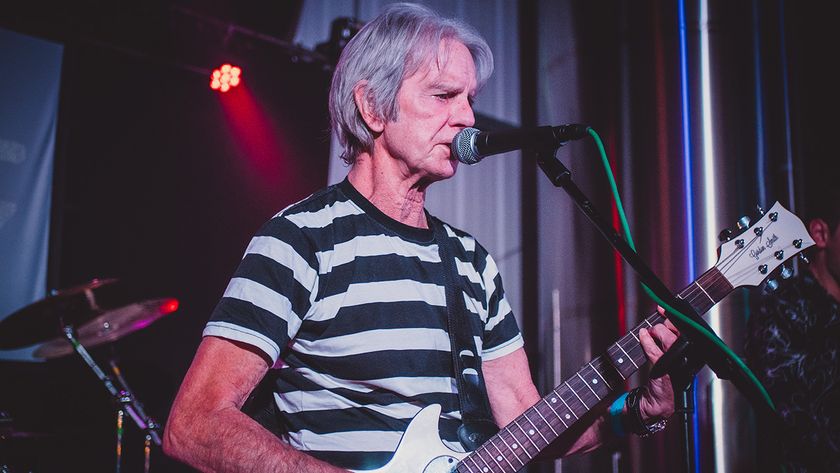
“I get asked, ‘What’s it like being a one-hit wonder?’ I say, ‘It’s better than being a no-hit wonder!’” The Vapors’ hit Turning Japanese was born at 4AM, but came to life when two guitarists were stuck into the same booth
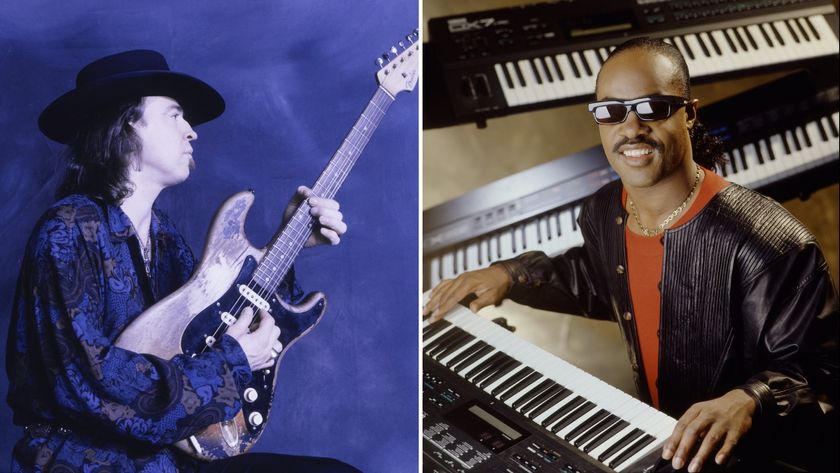
“Let's play... you start it off now, Stevie”: That time Stevie Wonder jammed with Stevie Ray Vaughan... and played SRV's number one Strat
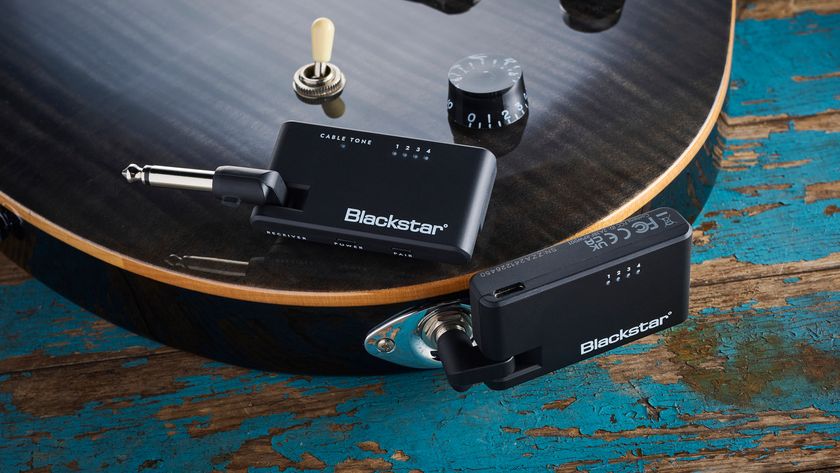
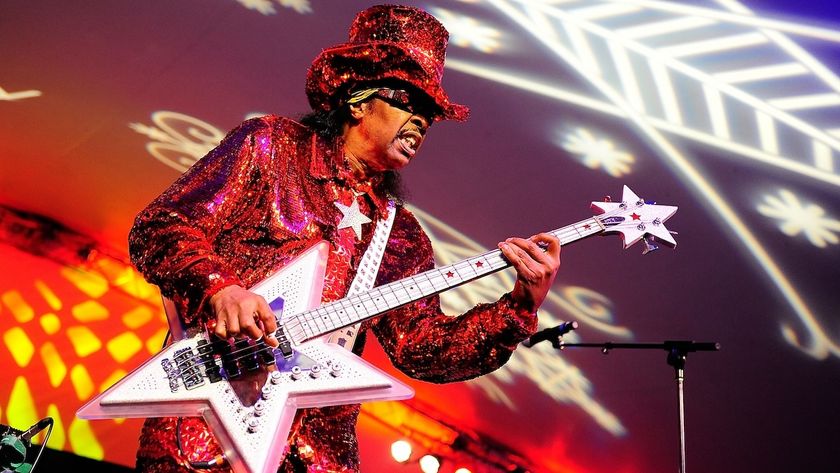


![[L-R] George Harrison, Aashish Khan and John Barham collaborate in the studio](https://cdn.mos.cms.futurecdn.net/VANJajEM56nLiJATg4P5Po-840-80.jpg)
